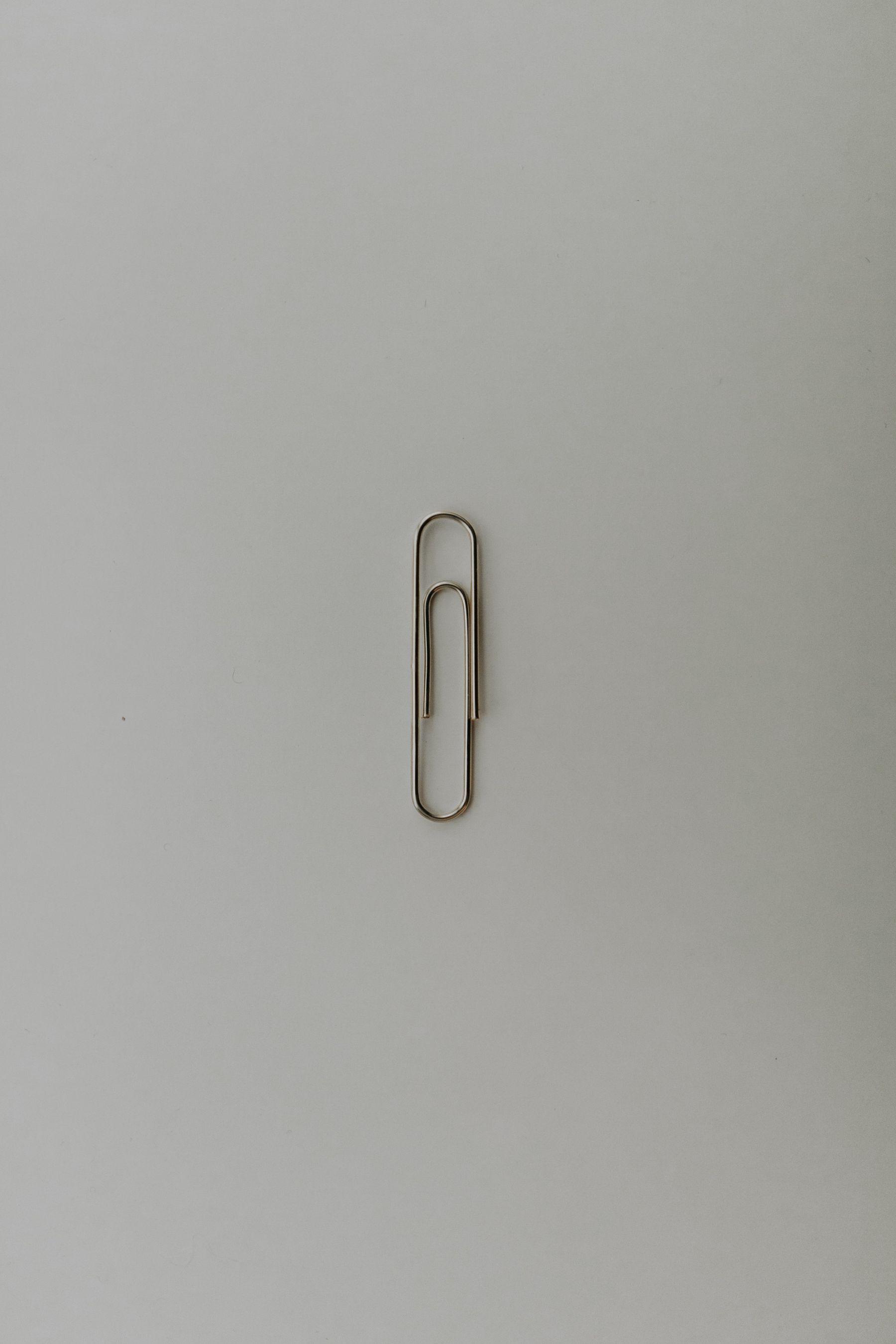Creating a survey is likely to be extremely helpful to your business. Surveys can provide your business with the needed insights to strategize improvements and growth. But when surveys aren’t precise, you may lose valuable insights. There’s science behind creating effective survey questions that will deliver the answers and correlated results you need. By following these tips, you can make a survey that can provide a better experience for respondents and therefore more useful results. Find below our 15 tips on how to create a survey that will stand out from the crowd.
1 Define Your Survey Objective
If you are wondering how to create a good survey, one of the first steps is to first define your survey’s objective or its ultimate purpose. Will insights from the survey help you to make a decision? For example, do you need to know what your customers think about your new product so you know whether or not to produce more? Or can it help you answer a valuable question, such as whether upper management is doing a good job? We have already written about the benefits of surveying your customers to gain insight into the value of feedback. Once you define your survey objective, you can then decide what types of questions you need to ask.”
2 Ask Important Survey Questions First
When filling out a survey, respondents tend to pay the most attention at the beginning. Therefore, it’s essential to ask the most important questions first. This is one of the most important tips regarding the creation of an engaging online survey. If you save big questions for the end, participants may speed through them because they’re almost finished. After creating your survey objective, determine your primary questions and bump them to the top of your list.
3 Make Every Question Count
This survey is your opportunity to gather the insights you need, so don’t waste it by asking the wrong questions. Basic survey questions sometimes might seem dull but are actually beneficial in determining the outline of the survey. For example, if your objective is to decide whether to discontinue a product line, don’t ask unrelated questions about respondents’ favorite foods.
Eliminate any unnecessary questions from your survey outline so respondents have a better experience and don’t exit the survey early. You should want to know the answer to every question in your survey. If the answer doesn’t provide you with value, don’t include it.
Examine your options with different question types
It is relatively easy to create a survey, especially using templates. However, it is crucial to choose the correct types of questions for your objectives. Whether you are performing a customer survey, market research survey, or something else, you will want to adopt question types that get the most relevant information.
You can use several different question types, such as multiple-choice, close-ended, and open-ended, etc. For example, an open-ended question asks the examinee to write an answer or review in his/her own words, while a close-ended question is a list of options for respondents to choose from. Of course, there is no better option per se, but one type may be better for your survey objectives.
Other survey question types could be:
- Rating-scale questions
- Likert-scale questions
- Demographic questions
- Ranking questions
- Image-choice questions
- Click-map question
- File-upload questions
- Slider questions
- Benchmarkable questions
4 Keep Your Survey Short and Simple
One of the biggest reasons respondents leave a survey before finishing is because it takes too long. Unless you’re paying respondents to take it, surveys should not take longer than 10 minutes to complete.
Time is valuable. If you value your audience, you won’t waste their time with a lengthy survey. You might also risk respondents’ answering lengthy surveys incorrectly because they’re in a hurry to finish and stop reading. We researched this matter further in our previous text How long should your survey be?
In conclusion, for best results, keep your survey short and to the point. You can also give participants an upfront estimated time for completion so they know if they can commit to it. You can automatically include this feature in your survey if you have a SurveyPlanet Pro account.
5 Group Same-Topic Questions
If there’s a certain topic you have multiple questions about, make sure to group these survey questions. This creates a better flow that will enhance the respondents’ experiences. If you ask similar questions randomly throughout your survey, it might frustrate participants. By grouping same-topic questions, respondents can answer faster because the topic is already fresh in their minds.

Photo by Jan Antonin Kolar on Unsplash
6 Include Sensitive Questions at the End
Passage: “If you want to collect personal or sensitive information such as income level, age, or education, don’t ask these questions at the beginning. Participants tend to not want to give personal information right away.
If you’re wondering how to create a good survey, think of your survey as a first date! You need to converse and get to know one another before it’s appropriate to ask for a phone number. Save your personal questions like age, income level, and education level for the end when respondents will feel more open to sharing.”
7 Reassure Respondents of Security and/or Anonymity
Passage: With data breaches happening regularly, it’s not unusual for people to feel paranoid or uneasy about giving out their information online.
That’s why it’s important to let your respondents know that their data and information are completely secure. If you’re collecting surveys anonymously, you should also reassure them of this so they answer each question truthfully.
8 Use an Aesthetically Pleasing Design
In addition to creating good questions, your survey design also matters. It’s important to produce something that looks pleasing and enhances their experience. Avoid fonts or colors that make instructions and questions difficult to read.
The good news is that SurveyPlanet has several pre-made design templates ready for you to use—and they all look amazing! If you prefer to keep your survey on-brand with your company, you can upgrade to a SurveyPlanet Pro account to create your own custom survey design.
Whatever you decide, ask a few people for their opinion about your design and whether or not it looks great before sending it out.
Want to find out more about the advantages of an online survey creator? Check out our blog Why you need a free survey creator?
9 Avoid Biased and Leading Questions
Make sure to exclude any survey questions that are biased or leading. For example, don’t write: “Bob’s Bakery on 4th Ave is the best bakery in the city. In your opinion, how amazing is their cake?” This question is leading and loaded with bias. Instead, ask: “Do you enjoy Bob’s Bakery’s cake?
In this form, your question doesn’t assume the participant loves cake or a specific bakery. To avoid bias and leading questions in your survey, scan your questions for adjectives and whether any of them show bias.
10 Use Simple Language
Don’t interject industry jargon into your survey. You can’t assume everyone knows what it means. Keep your survey language simple and easy to understand, at about a 7th-grade reading level so you don’t have to worry about respondents not understanding what you are asking.

Photo by Christin Hume on Unsplash
11 Avoid Using Grids
If you’re thinking of using a grid in your survey, think again. Although a grid seems like an easy way to collect answers for several subjects at one time, they’re not that easy to read. In addition, they aren’t always mobile-friendly.
Swap out your grid and ask each question individually. It might seem more tedious, but it will ultimately give participants a better experience.
12 Rephrase Yes/No Questions
Asking questions with yes/no answers doesn’t give you much insight to work with. Instead, rephrase them so you offer a range of answers to capture opinions that aren’t a simple yes or no.
An easy way to rephrase your question is by starting it with ‘How often,’ ‘How likely,’ or ‘How much.’ This will provide you with more insight and allow respondents to answer more honestly. You can check out our tips and tricks on how to dodge lousy survey questions.
13 Use Question Branching
One reason that people become frustrated with surveys is they ask questions that don’t apply. You can avoid this with question branching, which is when you unfold a question into other questions based on how a respondent answered the initial question.
For example, if you want to learn more about what your customers think about a certain product, you could first ask whether they like the product. If they answer affirmatively, you can use question branching to ask more specific questions about why they like it, and vice versa if they dislike it.
Question branching allows you to gain more insight and prevents people from answering questions they don’t have real answers to. Take advantage of question branching with a SurveyPlanet Pro account.
14 Use Imagery
Using imagery throughout your survey can give respondents a better experience. Sometimes it’s easier to show a question than to tell a question. This is especially true if you want to display a chart or product image and then ask a question about it. Dispersing images throughout your survey—and using them as possible answers—can make your survey more enjoyable and help participants answer questions more accurately.
15 Test Your Survey
Our last tip for creating the best survey is to test it. Send it to a few colleagues and before sending it off to your list. This will help you gain a sense of whether or not it flows well and if there is room for improvement.
Make Your Own Survey with SurveyPlanet!
Now that you know what makes a good survey, you can make your own! Creating a survey using the SurveyPlanet platform is clean-cut and easy—all you need to do is to sign up and start creating! Choose the question type, themes, and try out the preview before sharing.
If you’re ready to start creating your best survey yet, browse our example surveys and sign up for an account with SurveyPlanet. Our platform offers unlimited possibilities for creativity and expression. Get started today!
Photo by Tim Mossholder on Unsplash